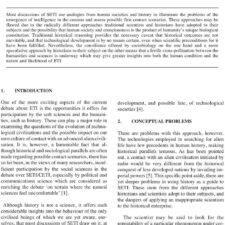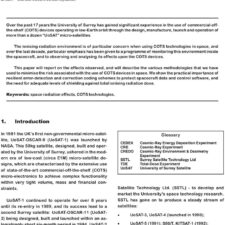Fission Fragment Rocket: Fuel Production and Structural Considerations
£5.00
P. E. Laine (2018), JBIS, 71, pp.126-129
Refcode: 2018.71.126
Keywords: Fission Fragments, Propulsion, Am-242m, Thermal Limit, Fuel Supply
Abstract:
Fission reaction provides about 200 MeV of energy per nuclei. This is high compared to fusion, e.g. 1.44 MeV in 1H + 1H reaction. Uranium fission releases 81% of its energy in form of kinetic energy. Typically, this kinetic energy of the fission fragments is dissipated by collisions with other atoms to produce heat. However, the fission fragment escape probability increases as fission fuel particle size decreases, drastically when the size approaches about 10 microns. This also requires that fissile material should be ultra-thin or in low density state. This limits usable material to highly fissionable nuclear fuels, such as americium (Am) or curium (Cm), which are very expensive to produce. Chapline [1] proposed an idea of using escaping fission fragments as rocket propulsion. Since then, the idea of fission fragment rocket has been developed further (e.g. [2]). However, some fundamental constraints remain to be solved if such rocket engine could be used in an ideal interstellar mission. These questions include problems such as how to produce enough Am or Cm fuel, how to solve certain structural and thermal design issues and how to use nuclear rockets in a safe way.





